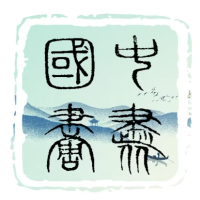施大畏,庚寅岁生于吴兴。少时于沪上造船厂执漆刷,埋首劳作,心藏丘壑。偶拾画笔,渐悟丹青之妙,遂以自学为径,终成画院之宗。连环画为其初起,研习素描,刻意求工,笔底人物,形神兼备,气势纵横。早岁《三棵枣树》《恩玛蒂奶奶》二作,已显锋芒,画风大气而不失精微,笔意苍劲而不失温润。气象开阔,透显“学院”风骨,勾勒人物,入木三分。
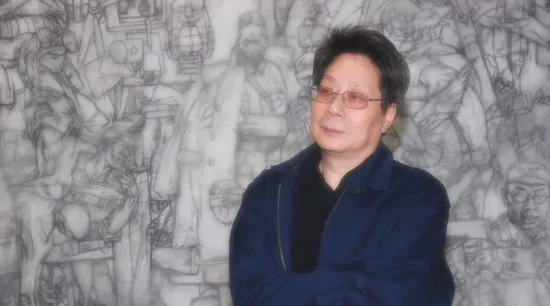
《朱德同志在井冈山》之作,水墨运笔如风雨,笔势灵动,朱德形神俱备,刚柔并济,神韵自出。施公于此,以笔窥心,挥洒自如,画面中山川隐现,人物气度宏伟,画语成熟,造诣深湛。人如其画,施公身形高大,举止间有泰山之势,然言行谦和,儒雅温文。行走画室,四壁大幅宣纸铺陈,未竟之作,隐现其胸中丘壑。画前凝思,神情自若,如览天地于尺幅间。偶抚言曰:“若无变革,吾今或犹困于旧途。”言虽简而意深,吐露岁月流转之感。《老乡》一作,写毛公与乡民对坐,神态平易。施公不高抬伟人,而还其本色,以常人面目呈之,亲切自然。画虽小,意自远,情感真挚,观者动容。施公不事花鸟,不逐小景,专注历史长河,寻求民族精神之脉络。言曰:英雄无问成败,唯不屈者,堪为吾所敬。施公崛起于风波之末,昔为工匠,戏言漆工与画艺殊途同归。因天资敏悟,时人命其绘画宣传,遂与丹青结缘。后专于连环画,渐入艺道。
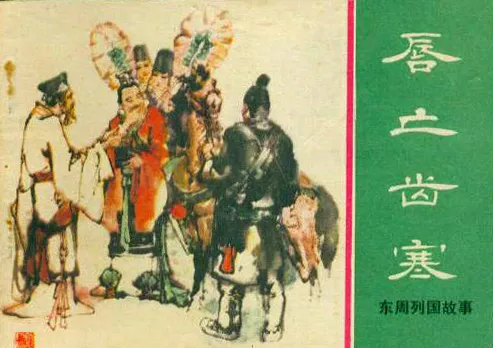
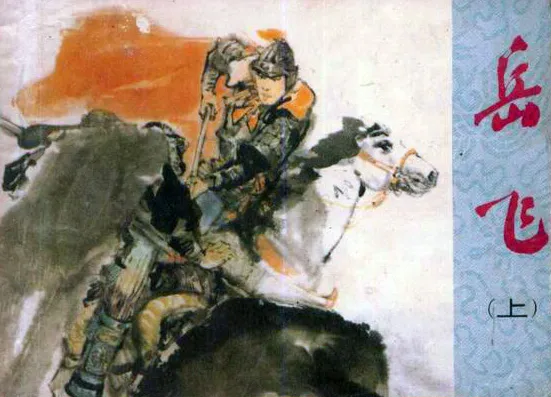
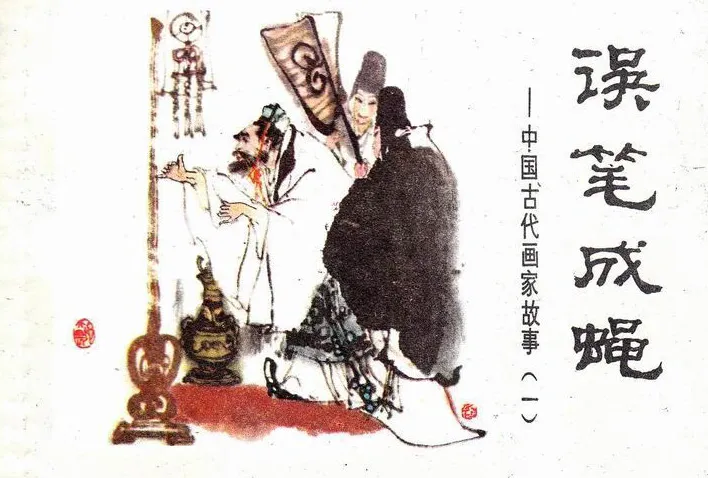
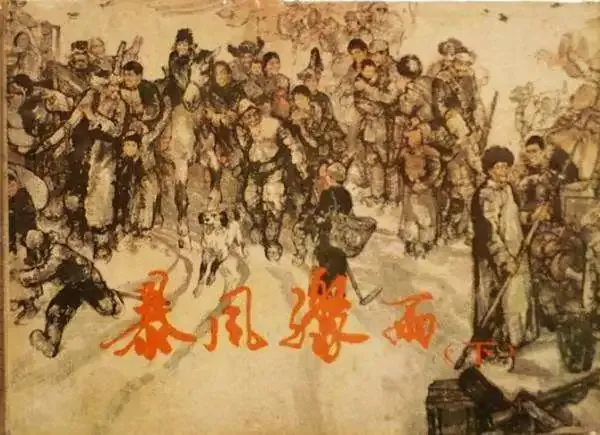
改革开放,风气大开,施公目光渐远,探人情之奥,探人性之真,转向更广阔之天地。其挥笔纵横,心怀广远,不拘成法,不拘小节。其所敬仰者,非功成名就之伟人,乃是逆流而上的平凡众生。画中浩然之气,溢于纸上,隐显人文关怀。其笔所至,非止于形,直探人心,绘出中华精神之深邃。
施大畏怀愿,欲当代丹青多入艺苑,存今日之实录。知其道难行,故恒自励,担负重责。或评曰:“绘事非游娱,乃正道;造化非快意,乃天命;探幽非逸情,乃宏志。”施公行事,如僧修道,自加重负。兼画院之任,执掌海上以来,常思于市风中引领艺士,守艺道之本。深知艺非独美,乃关国之大雅。于是行“课题制”,纾困振院。适逢抗战六十载,遂将此策施行,画家竞从,意气如潮。施公叹曰:“今时不藏,当后难求。画家有期,藏宜并行。大题非逐利,乃艺道所必行。若有厚资,方可安心。”课题之策,正解斯困。施公寄望,以薪火相传,古今同辉。绘事非独创作,亦担时务。丹青铺展,不止人物山川,亦施公心志,承古开新,重如千钧。
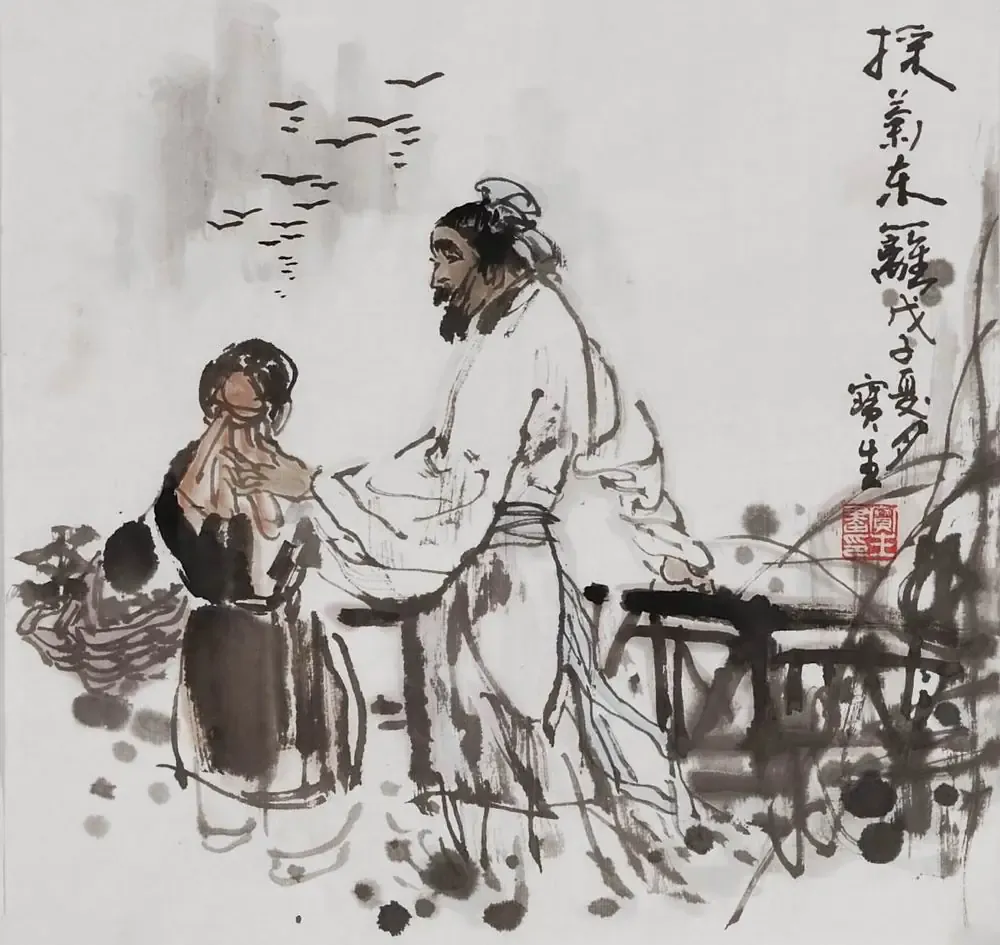



施大畏心怀浩然,素不事虫草花鸟,未染闲情雅趣,恒于史途探寻,究天人之变,察盛衰之迹。其笔端气象恢宏,写悲歌于画中,寓壮志于丹青。或云绘者当有绮丽,施公独钟苍凉,披风霜于纸上,追古今英雄之魂,笔墨间自有沉思。大畏常岁行于黄河之畔,步入荒野,问俗情,察人间冷暖。每岁一月,循河而行,访民间之事,录世间之相。黄河两岸,风物苍茫,百姓沧桑。施公每至,或疾步入村,或驻足画山水,草图速写,凡所见所闻,皆藏心中。黄土黄河,水天一色,融于心而发于笔。每一画作,如长河万里,沉潜厚重,情深意远。
施公尝言,艺道贵在定志,若心有所守,必得其道。凡有志者,当静居书斋,疏离尘嚣,涵养胸臆。岁月流转,心性自明。笔墨精妙,不在浮华,而在沉实。艺道如是,久炼方见真功。其作如同岁月对语,虽无声,而言深。笔底悲欢离合,心中沉浮万象。追寻古迹,徘徊今古,画卷如痕,世事如梦。每每执笔,似与古今对话,往事如烟,流年如水。丹青之上,隐隐流露悲壮,虽不言,而意自现。施公笔下,皆岁月沉淀,心迹相融。此中韵味,唯静观默会,方得其妙。
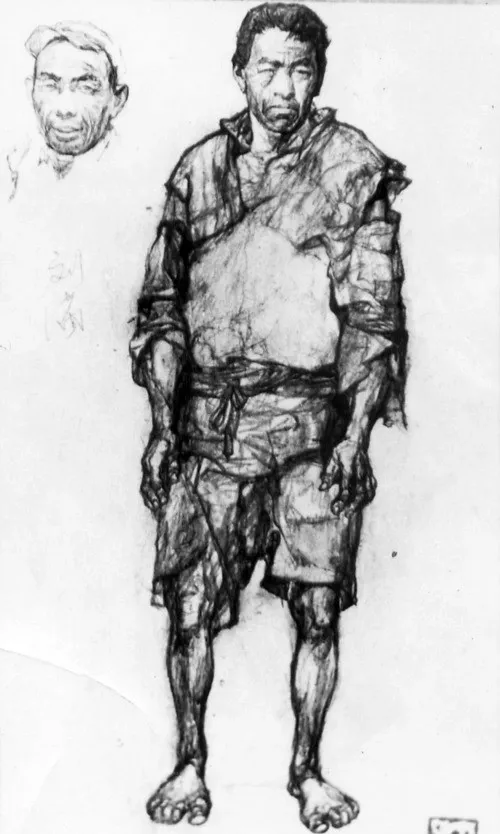

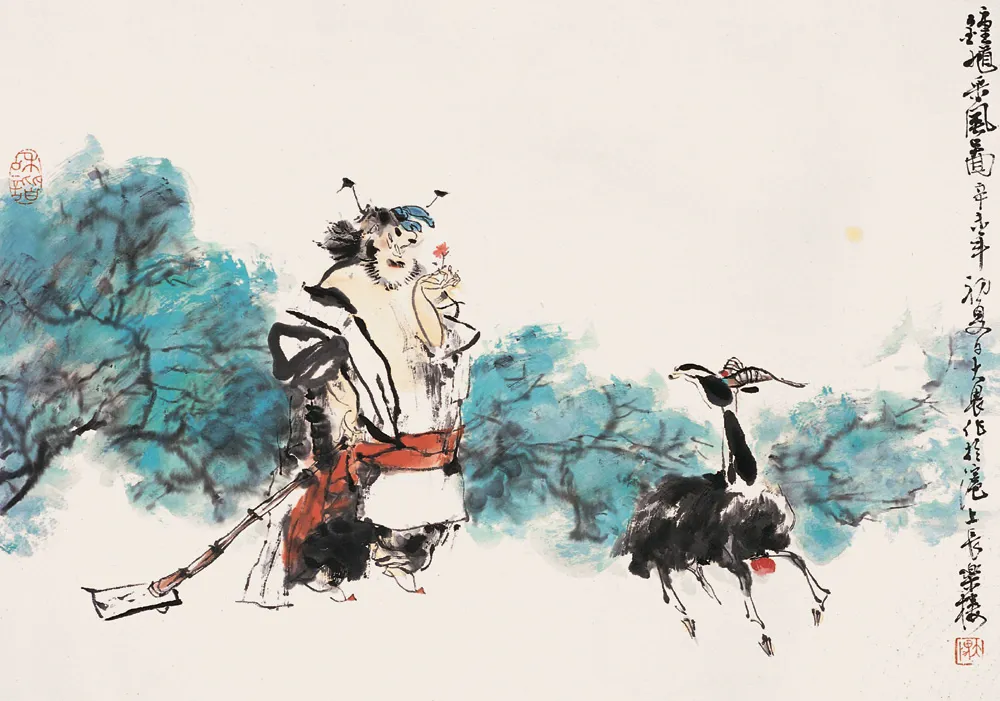
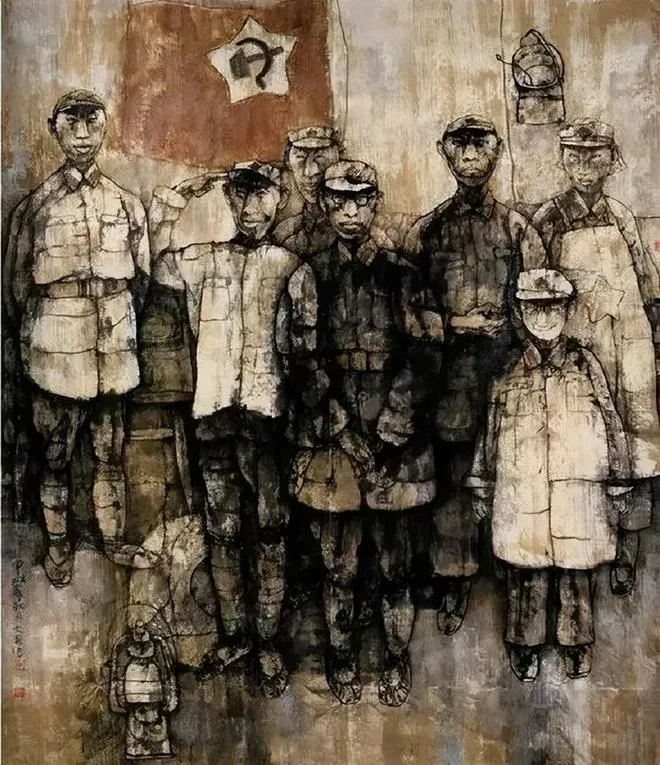
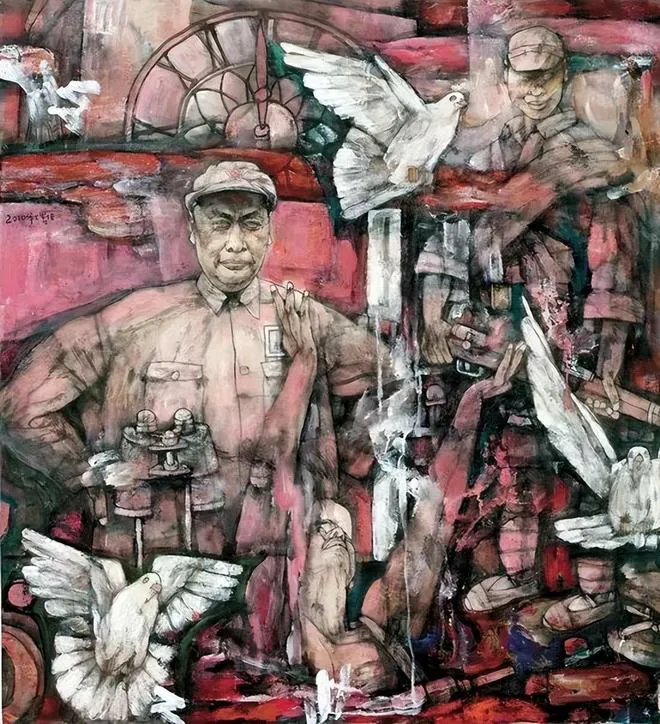
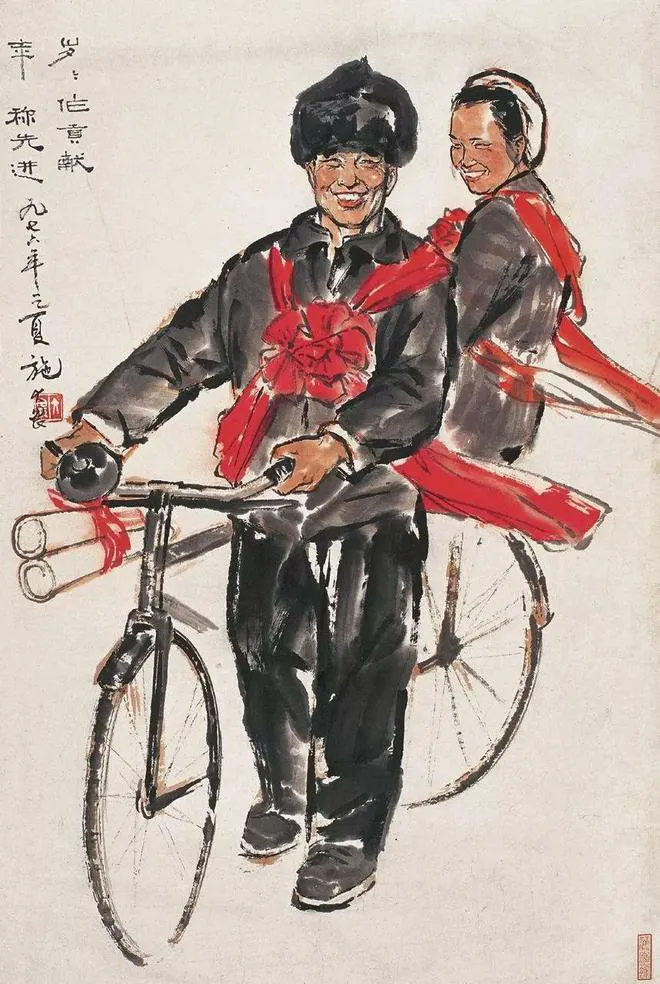
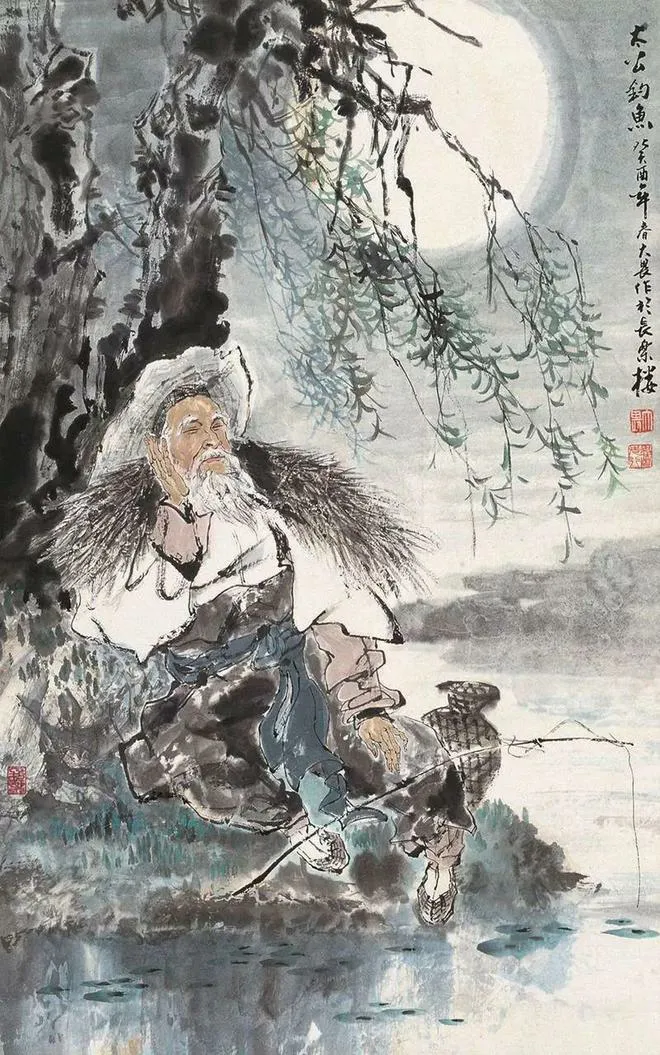
Shi Dawei: Expressing Great Aspirations with Brush and Ink, Unveiling His Heart in Painting
Shi Dawei, born in the Year of Gengyin in Wuxing. In his youth, he wielded a paintbrush at a shipyard in Shanghai, buried in labor, yet harboring grand visions. By chance, he picked up a brush for painting and gradually grasped the essence of art. Through self-study, he eventually rose to prominence as a master at the Shanghai Art Academy. His journey began with illustrated books, meticulously practicing sketching, striving for excellence. His early works, Three Jujube Trees and Grandma Emma Dee, already revealed his talent, marked by a grand yet refined style, powerful yet gentle strokes. His broad vision and mastery of the "academic" painting style brought characters to life with penetrating insight.
His work Comrade Zhu De in Jinggangshan employs ink strokes like wind and rain, fluid and dynamic. Zhu De’s form and spirit are fully realized, combining strength and grace, radiating innate charm. Shi poured his heart into this piece, painting with ease, revealing mountains and rivers amidst the imposing figure of Zhu De, showcasing a matured command of the art. As a person reflects his art, Shi stands tall and commanding, yet his demeanor is modest and refined. Walking through his studio, large sheets of Xuan paper adorn the walls, revealing unfinished works that reflect the mountains and rivers within his heart. Gazing at his paintings, he remarked, “If not for the reform, I might still be struggling in old paths.” A brief yet profound statement, revealing his reflections on the passing years.In his work The Fellow Villager, Mao is depicted sitting with a villager, their expressions humble and natural. Shi does not elevate the great figure but returns him to his essence, presenting him as an ordinary person, warm and genuine. Though small in scale, the painting carries deep meaning, evoking sincere emotions in viewers. Shi does not indulge in flowers and birds, nor does he pursue minor scenes. He focuses on the grand historical narrative, seeking the pulse of national spirit. He once said, “Heroes are not judged by success or failure; only those with indomitable spirit earn my respect.”Shi Dawei rose from the tumultuous end of an era. Once a craftsman, he often jested that painting ships and painting art were not so different. With innate talent and keen insight, he was assigned to create propaganda art, thus beginning his journey with painting. He later devoted himself to illustrated books and gradually entered the realm of fine art. With the advent of reform and opening, Shi’s vision expanded, delving into human emotions and truths, reaching for broader horizons. His brush flows freely, guided by a vast spirit, unconstrained by conventional rules or minor details. He reveres not the illustrious heroes but the ordinary people who defy adversity. His works, brimming with heroic vigor, reveal deep humanism, capturing not just form but the very essence of the Chinese spirit.
Shi Dawei harbors a wish for contemporary art to enter more museums, preserving today’s truth. Knowing this path is difficult, he has always driven himself with a sense of responsibility. Some say, “Painting is not amusement, but a noble path; creation is not mere pleasure, but a divine calling; exploration is not a pastime, but a grand pursuit.” Shi conducts himself like a monk, burdening himself with greater duties. As the head of the Shanghai Chinese Painting Academy, he constantly ponders how to guide artists amid market pressures, upholding the true essence of art. He understands that art is not only for beauty but also concerns the cultural heritage of the nation. Hence, he implemented the “project-based system” to ease the difficulties and invigorate the academy. On the occasion of the 60th anniversary of the victory in the Anti-Japanese War, this policy was put into practice, receiving enthusiastic response from artists.Shi lamented, “If we do not collect now, it will be hard to find later. Artists have their prime, and collections should align with it. Major themes are not for profit but essential for the artistic path. With sufficient support, artists can create without worry.” The project-based system addresses this issue. Shi hopes to pass the torch, ensuring the brilliance of both past and present. Painting is not just about creation; it also carries responsibility. His art, depicting more than just people and landscapes, reflects his aspiration to inherit and innovate, bearing the weight of tradition and the spirit of the times.
Shi Dawei possesses a lofty spirit, never indulging in trivialities like flowers and birds, nor dwelling on leisurely themes. He constantly seeks the path of history, exploring the shifts between heaven and earth, observing the rise and fall of eras. His brushwork exudes grandeur, portraying laments in his paintings and heroic aspirations in his ink. Some say art should be beautiful, but Shi prefers solemnity, depicting the wind and frost on paper, pursuing the souls of heroes past and present, imbued with profound reflection.Shi often travels along the Yellow River, stepping into the wilderness, observing folk customs, and feeling the warmth and coldness of the world. Every year, he spends a month following the river, investigating the lives of the people, recording scenes of the world. On both banks of the Yellow River, the scenery is vast, the people’s lives weathered. Whenever Shi arrives, he either rushes into villages or pauses to paint landscapes. Every sight and sound he encounters is stored in his heart. The yellow earth and the Yellow River, the unity of water and sky, merge within him and are expressed through his brush. Each of his paintings is like the vast river itself—deep, weighty, rich with emotion.
Shi often says, “The key to the path of art lies in steadfastness. If one’s heart remains true, the way will be found. Those with ambition should reside quietly in the study, distancing themselves from worldly clamor, nurturing their spirit. As time flows, the heart and mind become clear. True skill in brush and ink lies not in superficiality but in depth.” Such is the path of art: only through prolonged refinement can true mastery be achieved. His works, like conversations with time, speak silently but profoundly. Beneath his brush are tales of joy and sorrow, reflections of a thousand worlds within his heart. He wanders between ancient ruins, traversing past and present, with each painting like a trace, each scene a fleeting dream. Whenever he takes up his brush, it is as if he is conversing with the ancients, past events drifting like smoke, years flowing like water. On his canvases, there is a subtle grandeur, unspoken yet evident. Under his brush, time’s essence is captured, his heart and art intertwined. To grasp its charm, one must observe quietly and contemplate deeply, only then can the true essence be discerned.
责任编辑:苗君
